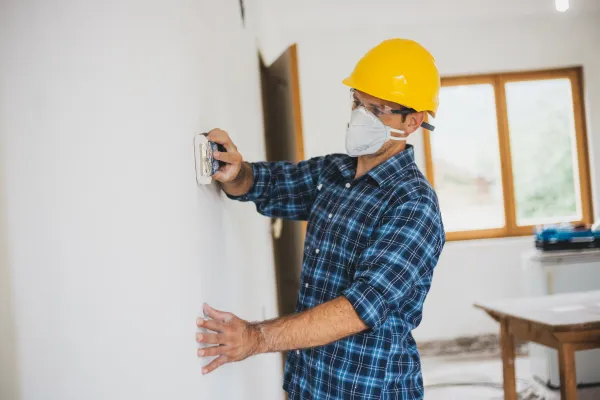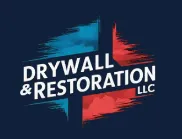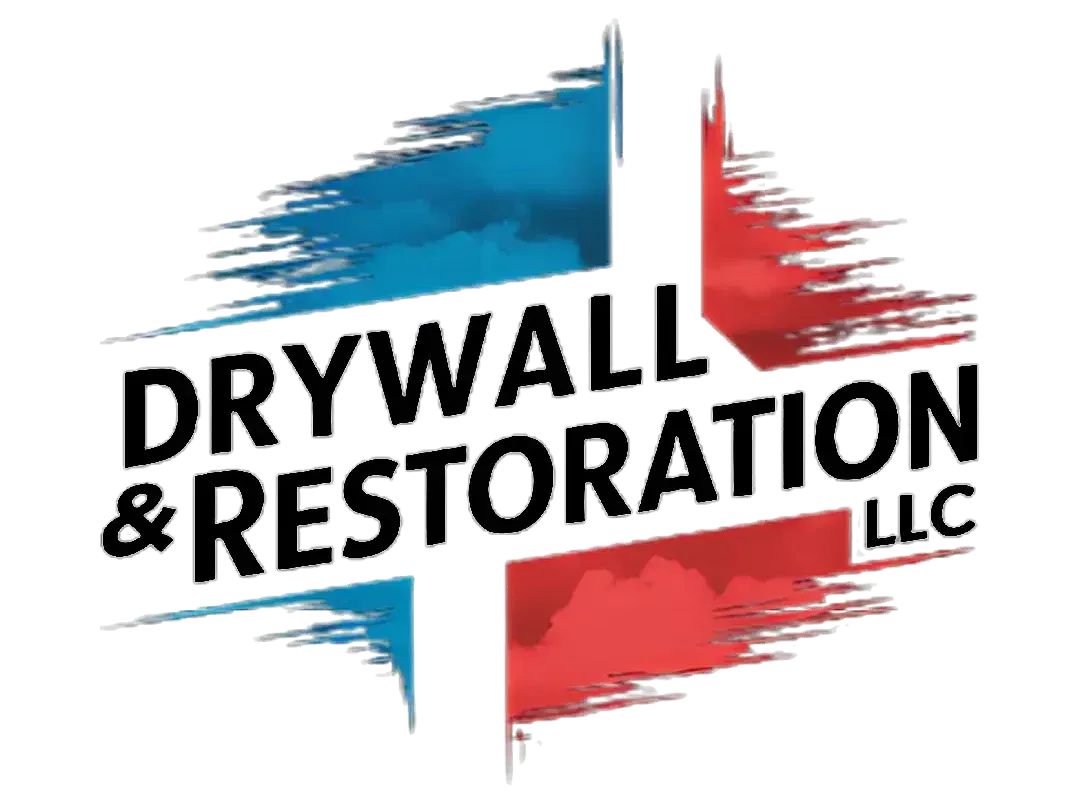BLOGS

How to Protect Your Drywall from Future Water Damage
"Seal leaks, improve ventilation, and use moisture-resistant materials to protect your drywall from future water damage."
Water damage is one of the most common issues homeowners face, especially in areas with high humidity or frequent rain. Over time, moisture can weaken drywall, leading to unsightly stains, mold growth, and structural damage. Preventing water damage to your drywall not only saves money on costly repairs but also helps maintain the safety and integrity of your home. In this post, we’ll explore practical tips and strategies to protect your drywall from future water damage.
1. Identify Vulnerable Areas
The first step in preventing water damage is identifying areas of your home that are more prone to moisture. Common spots include:
Basements and Crawlspaces: These areas often experience higher humidity and water intrusion.
Bathrooms and Kitchens: Pipes, faucets, and sinks in these areas are susceptible to leaks.
Attics and Roofs: Damaged roofing or poor ventilation can lead to moisture buildup.
Inspect these areas regularly for signs of water damage, such as dark spots, mold, or peeling paint. If you spot any issues, address them immediately to prevent further damage.

2. Seal Leaks and Gaps
Any cracks, gaps, or leaks in your home can allow water to seep in, damaging your drywall. Ensure that windows, doors, and any exterior openings are properly sealed. Apply weatherstripping around windows and doors, and consider using caulk to fill gaps where pipes or wires enter walls.
For areas like the roof or attic, inspect shingles regularly and replace any that are damaged or missing. Installing proper flashing around chimneys, vents, and skylights will also help protect your home from water leaks.
3. Install Vapor Barriers in High-Risk Areas
In areas that are more likely to experience moisture, such as basements and bathrooms, consider installing vapor barriers. These barriers prevent moisture from penetrating your walls and causing damage to the drywall. Vapor barriers are especially useful in basements where groundwater or humidity can easily cause water damage.
In bathrooms, consider installing moisture-resistant drywall, such as greenboard or cement board, in areas prone to water exposure, like around tubs and showers.
4. Maintain Proper Ventilation
Proper ventilation is key to reducing moisture buildup in your home. In areas like bathrooms, kitchens, and basements, ensure that there is adequate airflow. Install exhaust fans in bathrooms and kitchens, and use dehumidifiers in basements or other damp areas to help keep humidity levels under control.
If you have an attic, make sure it is properly ventilated to allow warm, moist air to escape, reducing the risk of condensation and water damage to your drywall.
5. Install Water Detection Systems
One proactive step you can take to protect your drywall is installing water detection systems. These systems are designed to alert you at the first sign of a water leak. Some models can even shut off the water supply to prevent further damage.
Placing water sensors in areas like basements, laundry rooms, and under sinks can help you detect leaks before they become a major problem. Early detection is key to minimizing drywall damage and preventing costly repairs.
6. Regularly Inspect Pipes and Plumbing
Water leaks are often the culprit behind drywall damage, so it’s essential to regularly check your plumbing for leaks. Inspect pipes under sinks, in the basement, and around water fixtures for any signs of leakage. If you notice a leak, repair it promptly to avoid water damage.
Additionally, check your water pressure regularly. High water pressure can cause pipes to burst, leading to significant water damage. Keeping water pressure within a safe range (typically 40-60 psi) can help prevent these issues.
7. Use Water-Resistant Drywall
If you live in an area that is particularly susceptible to moisture or water damage, consider using water-resistant drywall. Water-resistant drywall, like greenboard or mold-resistant drywall, is designed to hold up better in humid environments. These materials are treated to resist water absorption and can significantly reduce the risk of water damage.
Installing water-resistant drywall in high-risk areas like bathrooms, kitchens, and basements is an investment that can pay off in the long run by preventing costly repairs and mold growth.
8. Address Water Damage Immediately
If water does make its way to your drywall, it’s important to address the issue immediately. Drywall can absorb moisture quickly, leading to mold growth and further structural issues. If you notice water stains or damp spots on your walls, take action as soon as possible.
Start by removing any standing water and drying the affected area. You may need to cut out and replace sections of drywall if the water damage is significant. Consider hiring a professional to assess the damage and make necessary repairs to prevent mold growth and long-term damage.
Final Thoughts
Protecting your drywall from water damage is essential to maintaining the structural integrity and aesthetic appeal of your home. By regularly inspecting vulnerable areas, sealing leaks, installing vapor barriers, and using water-resistant materials, you can reduce the risk of water damage and keep your home safe from moisture-related issues. With these steps in place, you can rest easy knowing that your drywall is well-protected for years to come.

